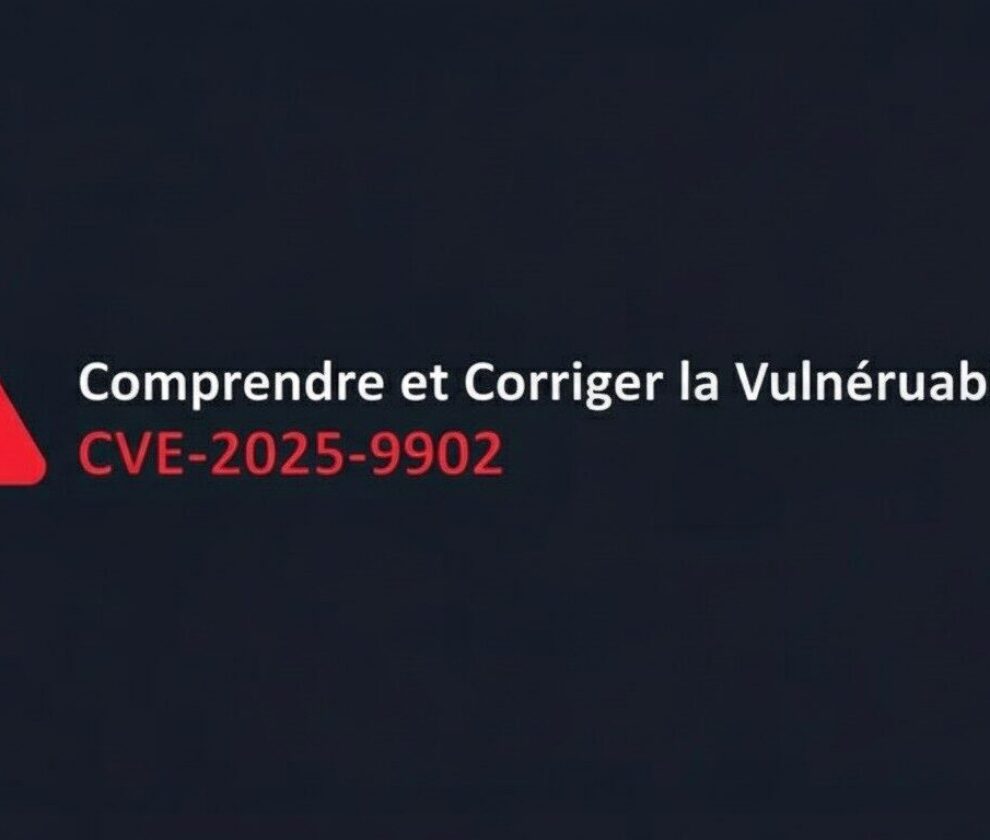The digital world is increasingly under siege from security vulnerabilities, which pose critical challenges for businesses and organizations. Recently, a vulnerability labeled ToolShell was exploited by Chinese threat groups targeting critical infrastructure, including telecommunications companies in the Middle East and various governmental agencies worldwide. This article delves into the details of this cyberattack, its context, and actionable strategies to protect your systems effectively.
Understanding Microsoft SharePoint Vulnerabilities
Microsoft SharePoint has long been a popular platform for document sharing and team collaboration. However, it recently came under scrutiny due to a critical security vulnerability identified as CVE-2025-53770. This flaw allows attackers to bypass authentication mechanisms and execute remote code. Despite a patch being released in July 2025, it was subsequently exploited by advanced persistent threat (APT) groups such as Linen Typhoon and Violet Typhoon to compromise systems worldwide.
Prominent Threat Groups Behind the Attacks
Reports from the Symantec Threat Hunter team reveal that several Chinese-affiliated groups, including Salt Typhoon and Glowworm, have harnessed this SharePoint vulnerability to deploy tools like Zingdoor and KrustyLoader. These tools are engineered for stealth, enabling attackers to extract sensitive data while maintaining covert access to compromised networks. Such targeted attacks underscore the high level of sophistication employed by these groups.
Key Targets and Impact
The targets of these campaigns are varied, ranging from Middle Eastern telecommunications firms to governmental departments in Africa, a university in the United States, and other critical infrastructure. The consequences have been catastrophic, involving stolen classified information, disrupted operations, and financial losses caused by ransomware such as LockBit.
Exploitation Techniques and Tools
Attackers utilized advanced methods, including privilege escalation through vulnerabilities such as CVE-2021-36942 and DLL side-loading techniques. Additionally, they incorporated commercially available tools to extract information and evade network defenses. These dual-use tools not only complicate attribution but also extend the operational reach of attackers, making detection and mitigation increasingly difficult.
“A targeted cyberattack exploiting SharePoint vulnerabilities can cripple organizations, highlighting the need for robust cybersecurity measures.” – Symantec Threat Hunter Team
How to Safeguard Your Infrastructure
Protecting your systems against similar threats requires a multi-pronged security approach:
- Apply Patches Promptly: Ensure timely updates to all software, especially for vulnerabilities like CVE-2025-53770 that have known exploits.
- Enhanced Network Monitoring: Deploy robust intrusion detection and prevention systems to monitor suspicious activities.
- Regular Security Audits: Conduct routine evaluations to identify and address potential weaknesses in your IT infrastructure.
- Cybersecurity Training: Educate staff about phishing scams and other attack vectors to reduce human error.
- Leverage Threat Intelligence: Use real-time threat intelligence feeds to stay informed about the latest tactics, techniques, and procedures (TTPs) used by attackers.
The Strategic Role of Cyber Threat Intelligence
Organizations like Lynx Intel specialize in providing proactive threat intelligence to help clients fend off cyber threats like ToolShell. Their services include monitoring adversarial activities, analyzing the tools and techniques employed in attacks, and offering tailored recommendations to secure your network.
“By leveraging proactive threat intelligence, we aim to stay one step ahead of threat actors, turning cybersecurity into an organizational strength.” – Lynx Intel
Conclusion
The exploitation of Microsoft SharePoint vulnerabilities, such as ToolShell, serves as a stark reminder of the evolving and persistent nature of cyber threats. To mitigate these risks, organizations must adopt a proactive security strategy, promptly patch known vulnerabilities, and invest in advanced cybersecurity practices. By staying informed and implementing these protective measures, businesses can significantly reduce their exposure to cyber risks.
At My Own Detective, our team of experts is dedicated to helping organizations strengthen their cybersecurity framework. Whether it’s identifying vulnerabilities or providing actionable intelligence, we ensure that your business remains resilient in an ever-changing digital landscape.


